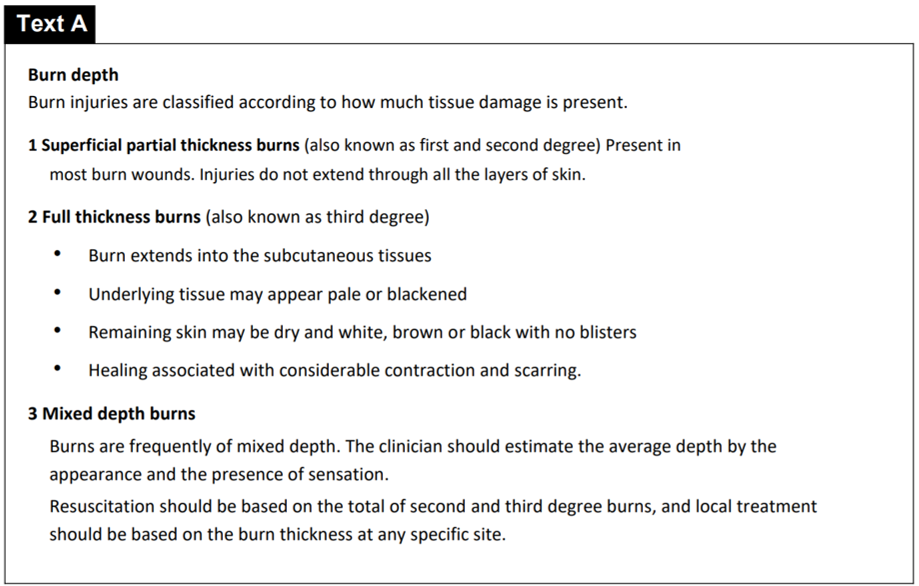Choose the answer (A, B, C or D) which you think fits best according to the text.
The American Psychiatric Association (APA) recognised Attention Deficit Hyperactivity Disorder (ADHD) as a childhood disorder in the 1960s, but it wasn’t until 1978 that the condition was formally recognised as afflicting adults. In recent years, the USA has seen a 40% rise in diagnoses of ADHD in children. It could be that the disorder is becoming more prevalent, or, as seems more plausible, doctors are making the diagnosis more frequently. The issue is complicated by the lack of any recognised neurological markers for ADHD. The APA relies instead on a set of behavioural patterns for diagnosis. It specifies that patients under 17 must display at least six symptoms of inattention and/or hyperactivity; adults need only display five.
In the first paragraph, the writer questions whether
A. adult ADHD should have been recognised as a disorder at an earlier date.
B. ADHD should be diagnosed in the same way for children and adults.
C. ADHD can actually be indicated by neurological markers.
D. cases of ADHD have genuinely increased in the USA.
Answer and Explanation
Correct Answer is D
Notice how the writer expresses his/her doubts
The American Psychiatric Association (APA) recognised Attention Deficit Hyperactivity Disorder (ADHD) as a childhood disorder in the 1960s, but it wasn’t until 1978 that the condition was formally recognised as afflicting adults. In recent years, the USA has seen a 40% rise in diagnoses of ADHD in children. It could be that the disorder is becoming more prevalent, or, as seems more plausible, doctors are making the diagnosis more frequently. The issue is complicated by the lack of any recognised neurological markers for ADHD. The APA relies instead on a set of behavioural patterns for diagnosis. It specifies that patients under 17 must display at least six symptoms of inattention and/or hyperactivity; adults need only display five.
ADHD can be a controversial condition. Dr Russell Barkley, Professor of Psychiatry at the University of Massachusetts insists; ‘the science is overwhelming: it’s a real disorder, which can be managed, in many cases, by using stimulant medication in combination with other treatments’. Dr Richard Saul, a behavioural neurologist with five decades of experience, disagrees; ‘Many of us have difficulty with organization or details, a tendency to lose things, or to be forgetful or distracted. Under such subjective criteria, the entire population could potentially qualify. Although some patients might need stimulants to function well in daily life, the lumping together of many vague and subjective symptoms could be causing a national phenomenon of misdiagnosis and over-prescription of stimulants.’
What does Dr Saul object to?
A. the suggestion that people need stimulants to cope with everyday life
B. the implication that everyone has some symptoms of ADHD
C. the grouping of imprecise symptoms into a mental disorder
D. the treatment for ADHD suggested by Dr Barkley
Answer and Explanation
Correct answer is C
Notice Dr. Saul’s choice of words when expressing his views.
ADHD can be a controversial condition. Dr Russell Barkley, Professor of Psychiatry at the University of Massachusetts insists; ‘the science is overwhelming: it’s a real disorder, which can be managed, in many cases, by using stimulant medication in combination with other treatments’. Dr Richard Saul, a behavioural neurologist with five decades of experience, disagrees; ‘Many of us have difficulty with organization or details, a tendency to lose things, or to be forgetful or distracted. Under such subjective criteria, the entire population could potentially qualify. Although some patients might need stimulants to function well in daily life, the lumping together of many vague and subjective symptoms could be causing a national phenomenon of misdiagnosis and over-prescription of stimulants.’

